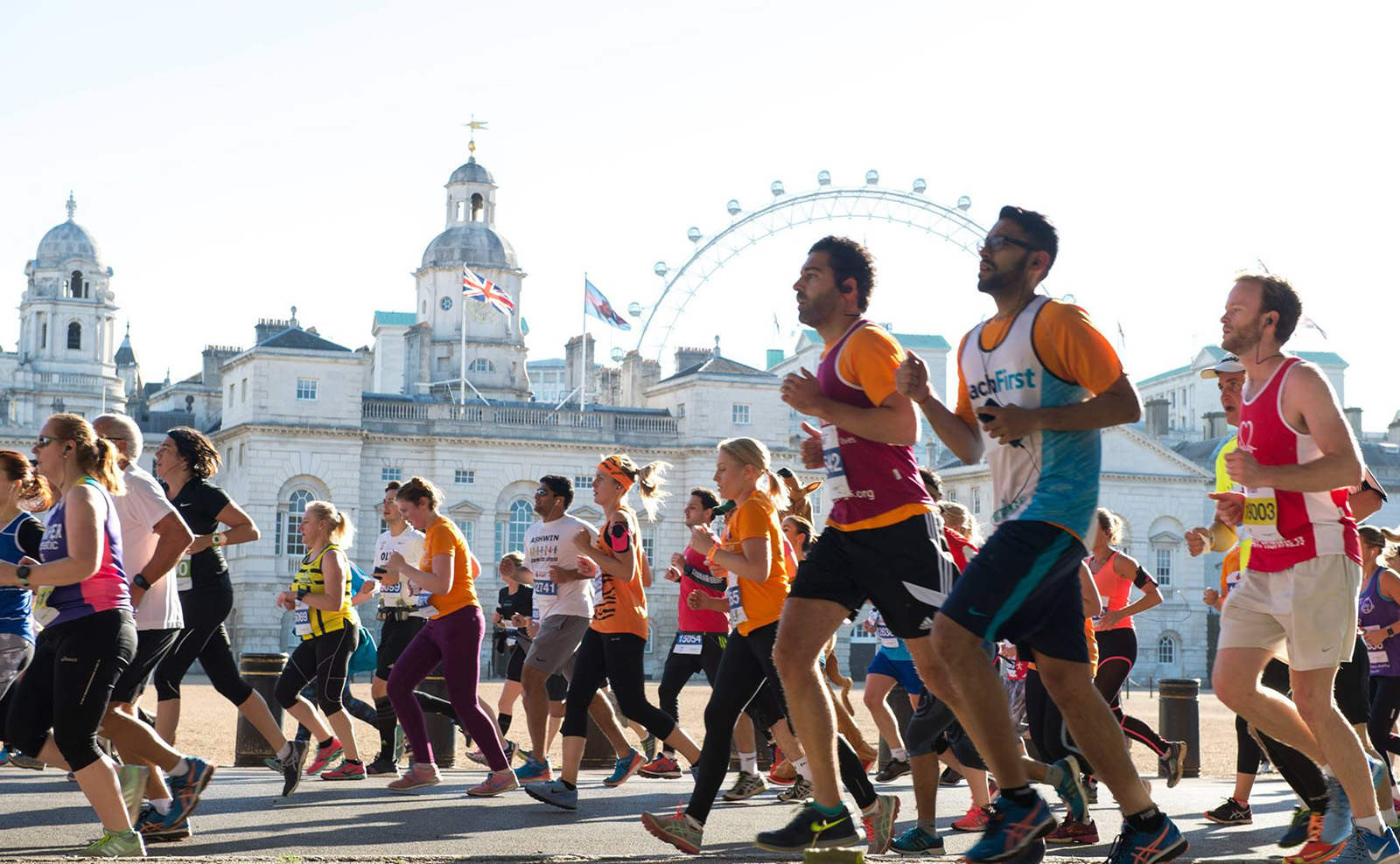Running twice a day—often called “double runs” or “doubles”—is a training technique that’s long been the secret weapon of elite athletes, helping them log the big miles and boost their running recovery time. However, that's not to say that everyday runners also can't benefit. So, when should you do it? And how does it work?
Who Should Consider Double Runs?
Running twice a day means splitting your daily mileage into two separate sessions—typically one in the morning and another in the evening. This approach is popular among elite and high-mileage runners, but it’s increasingly being adopted by dedicated amateurs aiming to boost their training volume, improve recovery, or fit running around a busy schedule.
Double runs aren’t just for the pros. Here’s who might benefit:
- Experienced runners looking to increase weekly mileage without overloading single sessions.
- Marathon and ultra-distance trainees who need to fit in more miles or adapt to running on tired legs.
- Runners with time constraints who find it easier to fit two shorter runs into their day than one long one.
- Coaches and club runners who might run with athletes at different paces or times.
- Anyone seeking a new challenge or wanting to shake up their routine.
However, if you’re new to running, still building a base, or struggling with injury, it’s best to stick with single sessions until you’re ready for the extra load.

+ The Benefits of Doubles
- Body benefits - Doubling up on your runs puts your body in a glycogen-depleted state. As your body adapts, it burns more fat and functions more economically by using your glycogen stores more efficiently, delaying fatigue, and speeding up your recovery so you get fitter faster.
- Cumulative mileage - Doubling up your run once a week can give your total mileage a boost and help your body run further, for longer.
- Efficient recovery - Mixing your hard training sessions with short, less strenuous runs helps increase blood flow to active muscles, challenging and teaching your body to recover faster. If you can’t bear running again on the same day as intervals or threshold, try a 30-minute cross-training session instead.
- The Negatives of Doubles
- Recovery - Doubling up on run days can be tiring, so rest on your down days to prevent overtraining and fatigue.
- Aerobic endurance - For beginner or intermediate runners - if you haven’t been running 50+ miles a week consistently for 3-5 years – then most of your running improvement comes from increasing your aerobic endurance by increasing your runs of around 60-90 minutes. Running doubles is often two shorter runs of around 30-45 minutes, which, while beneficial, is less effective for enhancing fitness.
- Time-consuming - Doubles require time and dedication. Although it may seem easier to split a run into two, you still need to factor in proper fuelling, post-run recovery, ensuring you get enough sleep, as well as showering and changing time.
How to Structure Double Run Days
Start Simple
- Add a second run on a day when you already have a key session, such as intervals or a tempo run.
- Make the second run short and easy—think “conversational pace”.
Spacing Your Runs
- Allow at least 6–8 hours between sessions to maximise recovery.
- Consider a morning quality session and an evening easy run, or vice versa.
Progress Gradually
- Start with one double day per week and increase only if your body responds well.
- Never replace your weekly long run with two shorter runs—long, continuous efforts are vital for endurance.
Don't Forget....
- Running twice a day means you’re burning more calories and stimulating your metabolism more often. Ensure you fuel your runs properly and eat enough to recover to replenish essential nutrients.
- If you’re prone to injury, doubles probably aren’t for you. Make sure you get your Gait Analysed to help reduce your risk of injury, whatever your running training distance.
- Keep track of your weekly mileage. You should always follow the 10% rule, even when running doubles, only increasing your total weekly mileage by up to 10% each week.
Get Race Day Ready
Get all you need for the road, the trails, and the track all in one place, right here at Runners Need. From the latest running shoes, runwear, and equipment to new-in GPS sports watches and massage guns - we have everything you need to make that next run your best run at Runnersneed.
FAQs
Yes, for experienced runners with a strong base, double runs are safe if you listen to your body, fuel properly, and avoid overtraining.
Running twice a day increases your calorie burn and can support weight loss, but you must balance training with adequate nutrition to avoid fatigue or illness.
Increasing your weekly mileage and training frequency can improve your aerobic capacity, endurance, and running economy, which can translate to faster times.
It depends on your goals. For building endurance, single long runs are essential. For boosting weekly volume or recovery, doubles can be effective.
Eat a balanced meal or snack after your first run, stay hydrated, and consider a light snack before your second run to ensure adequate energy.
It’s best for beginners to focus on building a consistent routine with single runs before attempting doubles.
Related Articles







